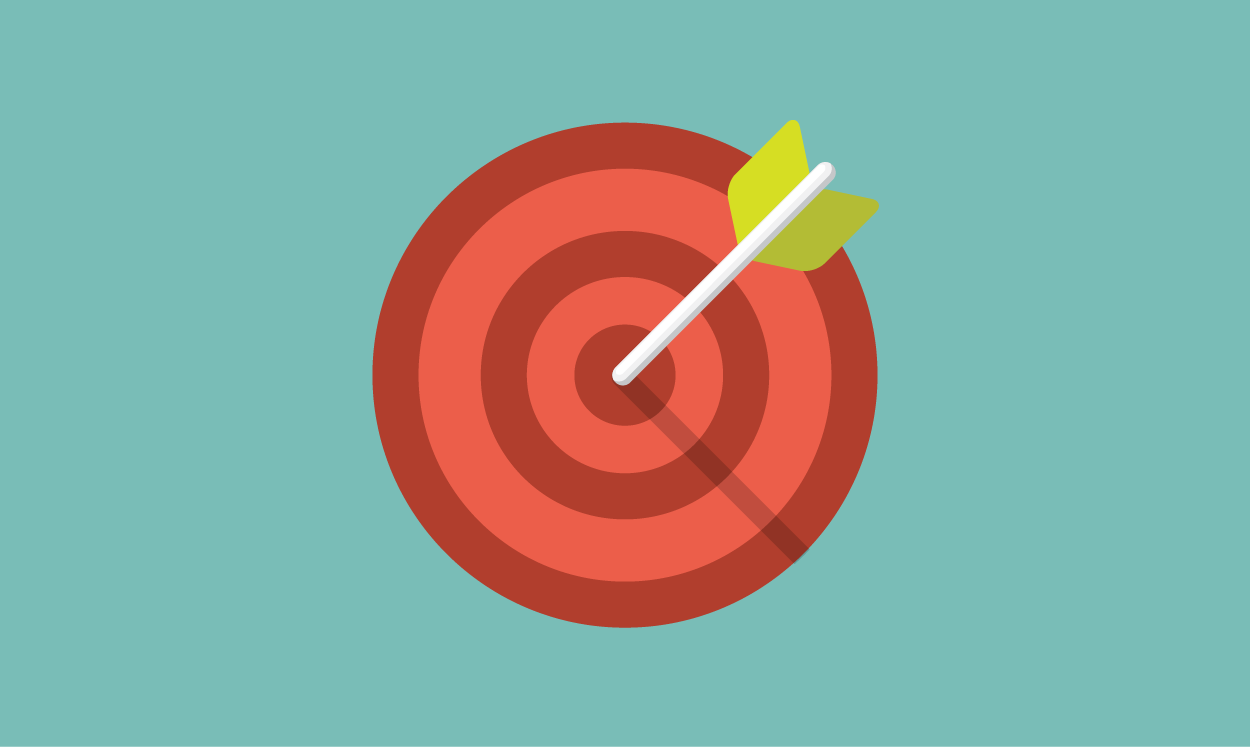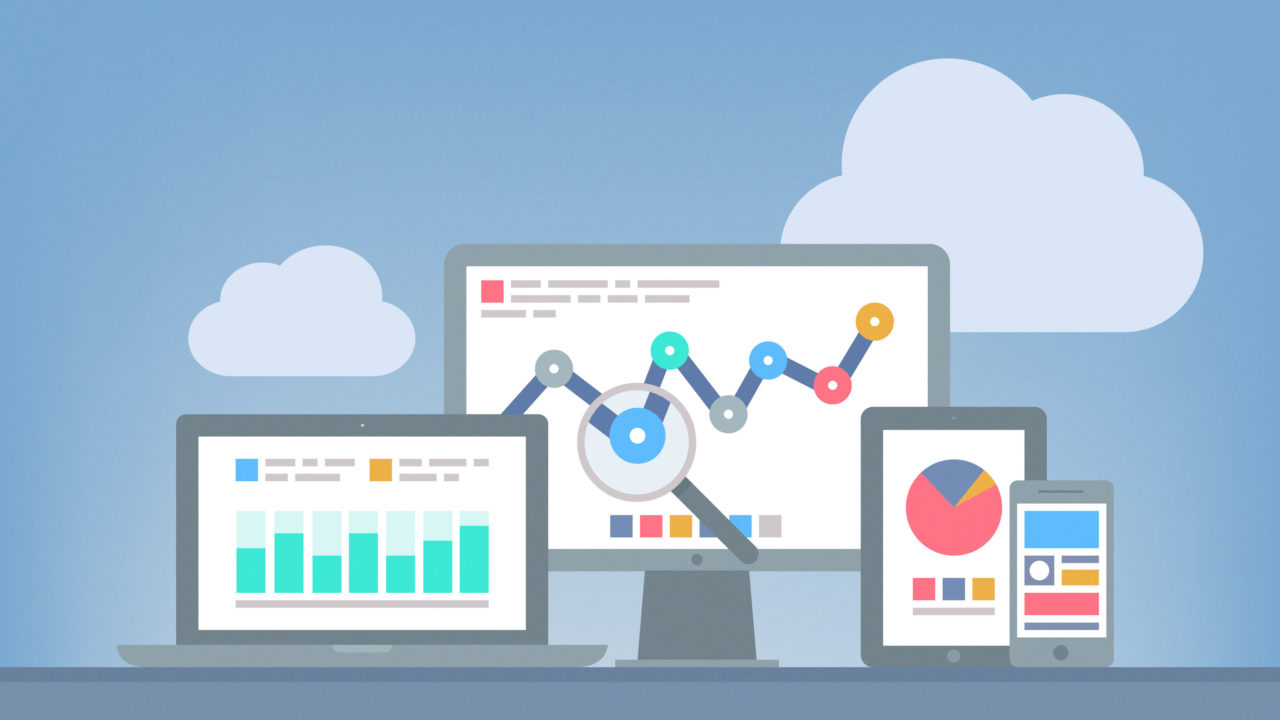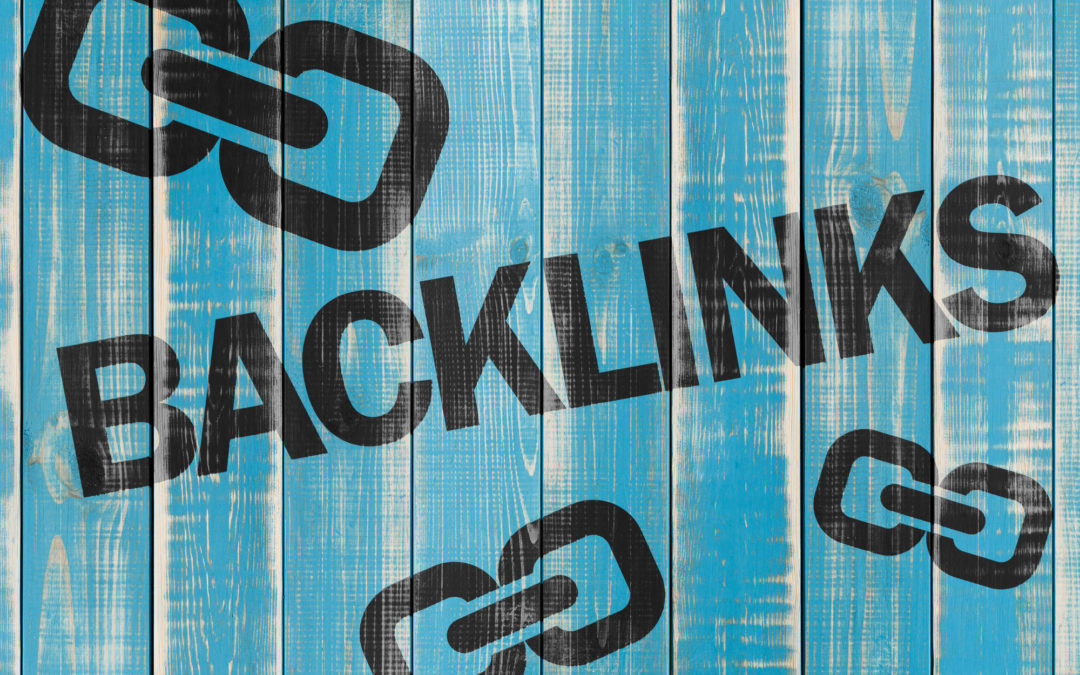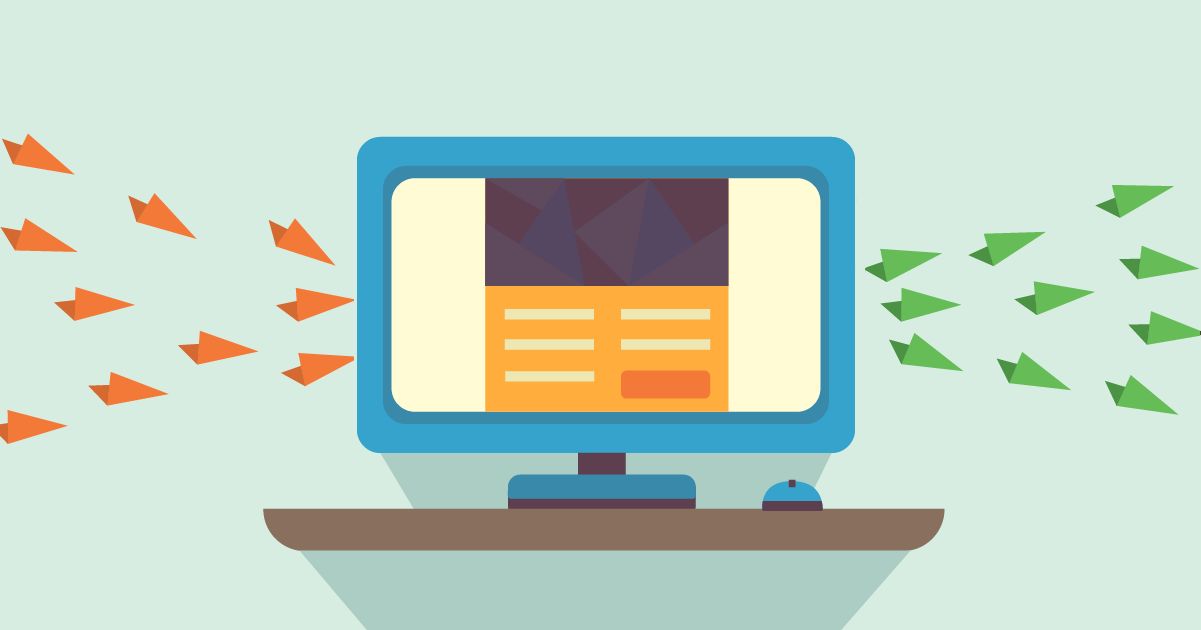
External optimization involves placing links on third-party resources. But which ones to use – paid or free? The first option is risky, because search engines easily identify purchased links and punish them with reduced positions or even filters. Free links are safer, but they take a lot of time to post. What to choose? Let's try to figure it out.
Key features of paid links
Promotion with paid links has its nuances:
- Search engines believe that such links interfere with the correct ranking of sites and display in the output of relevant sites.
- Paid links are considered to be of higher quality, as they are placed on authoritative sites within thematic content.
- Paid links are temporary and eternal. The first ones are cheap, but they have to be renewed every month. And the second ones are expensive, but they are paid once.
The peculiarity of paid links in external site optimization is that you buy them, and the owner of a third-party resource sells a place for their placement. Sometimes the transaction takes place with the participation of an intermediary - an exchange that takes a percentage from the buyer and seller, but guarantees the honest fulfillment of the obligations of each party.
It doesn't take much effort to get paid links. The main thing is to be solvent.
Learn also : How to create a site using a free site builder .
Key features of free links
Promotion with free links also has a number of nuances:
- Such links are natural for both users and search engines. Google and Yandex rate them higher than paid ones, and therefore their number is more than 50% of the link profile of any site.
- Free links don't cost a dime. Only the work of the person who places them is paid. If you do it yourself, you can save a decent amount.
- Getting free links is more difficult. You will have to look for forums and other platforms that allow you to leave links in comments or reviews. And it takes a lot of time.
Exchanges are clearly not suitable for posting free links. But you can get them in other ways:
- exchange links with the owner of another site;
- post on thematic forums;
- register in site directories;
- fill the site with high-quality and useful content so that users themselves share links to it with other people.
Risks of using paid and free links
Sites often fall under filters due to poor quality links. And both paid and free. Low-quality links are those that are published:
- through exchanges from the "black list" of search engines;
- in the footer (site basement);
- without text located next to the link;
- on platforms whose subject matter does not coincide with yours;
- on resources created purely for placing paid links (search engines easily identify such sites);
- low-quality content on dubious sites.
Results
Let's summarize. Which links to use - paid or free - everyone decides for himself. The main thing is that they are of high quality. For example, permalink promotion is suitable for most types of sites. Yes, they are paid and quite expensive. But with the right approach, search engines will not even understand that these are purchase links (for example, if you make them unanchored and placed on a thematic resource).
Ideally, you should try to make the link profile as diverse as possible. That is, use paid and free links. In what ratio - depends on the available budget, set tasks and the time in which they need to be achieved.
Was the publication informative? Then share it on social networks and join our Telegram channel. We remind you that you can buy Ukrainian hosting from the hosting company CityHost. For technical questions, contact the online chat or call ?? 0 800 219 220.








